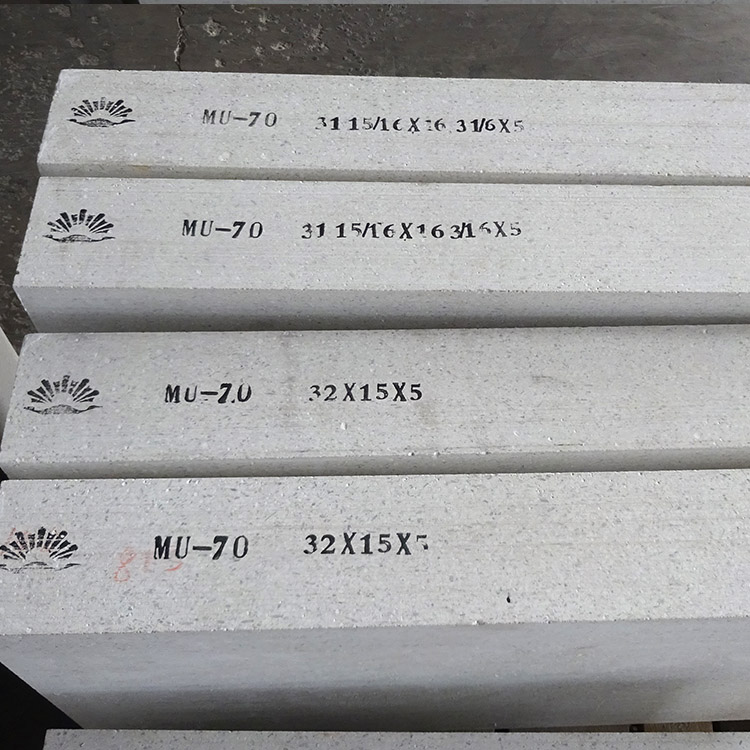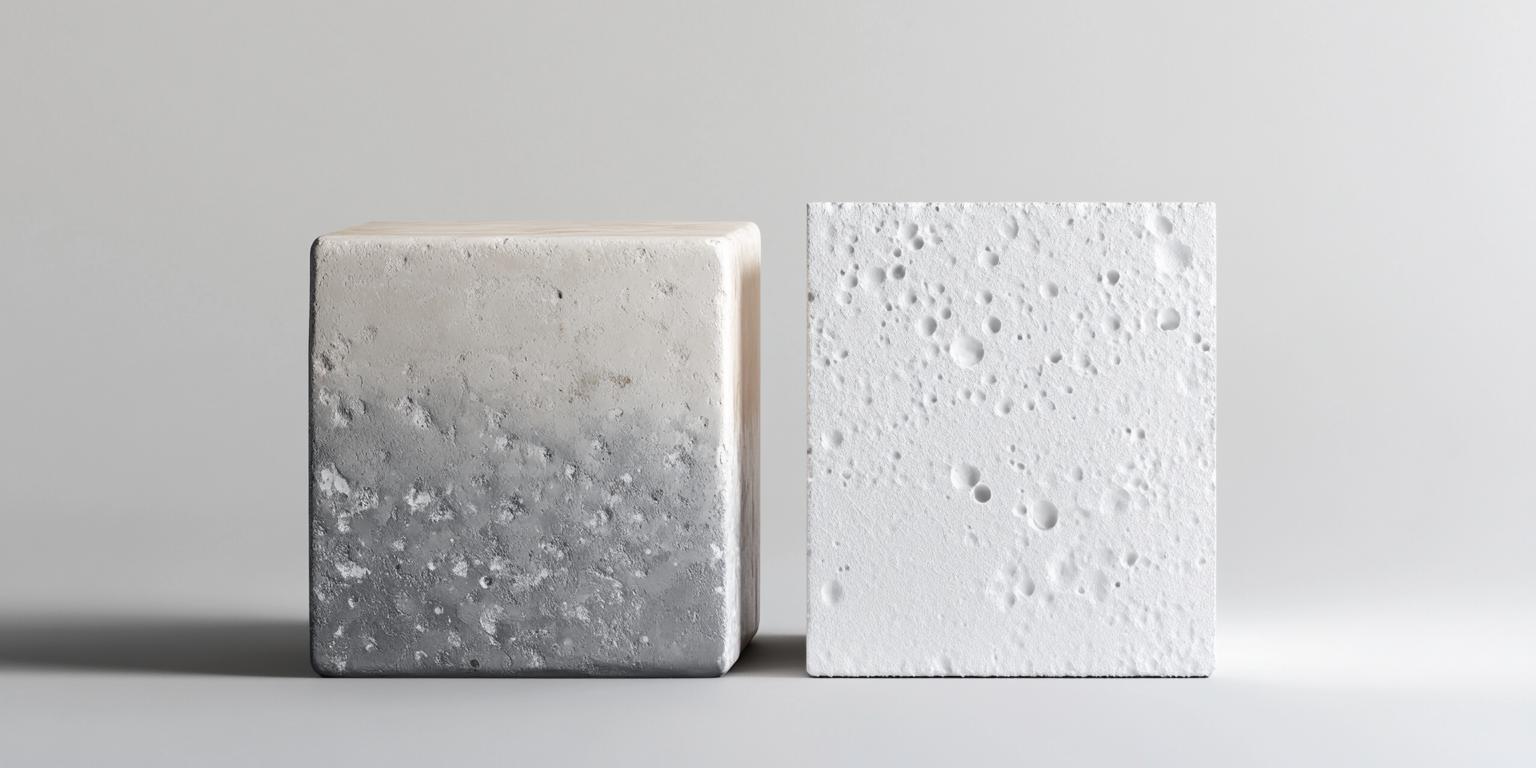
When it comes to selecting refractory materials, global buyers often face a maze of choices. The wrong decision can lead to inefficiencies, increased costs, and even safety risks. Among the various refractory options, mullite bricks stand out as a popular choice due to their excellent performance in high - temperature environments. This article aims to demystify mullite bricks, focusing on the differences between sintered and fused mullite bricks and their applications in different industries.
Sintered mullite bricks are made from natural raw materials such as kyanite, andalusite, and sillimanite. These materials are crushed, mixed, and then fired at high temperatures (around 1600 - 1700°C) to form a dense structure. The sintering process enhances the brick's strength and thermal stability. Sintered mullite bricks typically have a high alumina content, usually above 70%, which gives them good resistance to chemical corrosion and mechanical wear.

Fused mullite bricks, on the other hand, are produced through an electric melting process. High - purity alumina and silica raw materials are melted in an electric arc furnace at temperatures exceeding 2000°C. The molten material is then cast into molds and cooled to form the bricks. Fused mullite bricks have a more uniform crystal structure, which results in superior thermal shock resistance and high - temperature strength. They often contain more than 90% mullite phase, making them ideal for extreme high - temperature applications.

Let's take a closer look at the differences between these two types of mullite bricks:
| Aspect | Sintered Mullite Bricks | Fused Mullite Bricks |
|---|---|---|
| Raw Materials | Natural minerals like kyanite | High - purity alumina and silica |
| Manufacturing Process | Sintering at 1600 - 1700°C | Electric melting above 2000°C and casting |
| Alumina Content | Above 70% | Often more than 90% mullite phase |
| Thermal Shock Resistance | Good | Superior |
| Cost | Relatively lower | Higher due to complex process |
Metallurgy Industry: In steelmaking, sintered mullite bricks are widely used in ladles and tundishes. Their good corrosion resistance and mechanical strength help to extend the service life of these refractory linings. According to industry data, using sintered mullite bricks can reduce the lining replacement frequency by up to 30%, resulting in significant cost savings. Fused mullite bricks, with their superior high - temperature strength, are often used in the lining of electric arc furnaces, where temperatures can reach over 1600°C.

Glass Industry: The glass melting process requires refractory materials with excellent thermal stability and resistance to glass corrosion. Sintered mullite bricks are commonly used in the side walls and crowns of glass furnaces. Fused mullite bricks, with their high purity and low porosity, are preferred for the areas in direct contact with molten glass, such as the forehearth and feeder channels.
Ceramics Industry: In ceramic kilns, both sintered and fused mullite bricks are used. Sintered mullite bricks are suitable for the general lining of the kiln, while fused mullite bricks are used in the high - temperature zones, such as the burner areas, to ensure stable firing conditions and high - quality ceramic products.
Selecting the right type of mullite brick depends on your specific application requirements. If you need a cost - effective solution with good overall performance, sintered mullite bricks may be the best choice. However, for extreme high - temperature and high - stress applications, fused mullite bricks are worth the investment.
Our company offers a wide range of high - quality sintered and fused mullite bricks to meet your diverse needs. Whether you are in the metallurgy, glass, or ceramics industry, our products can provide reliable performance and long - term cost savings. Contact us today to discuss your specific requirements and let us help you make the best decision for your business.


